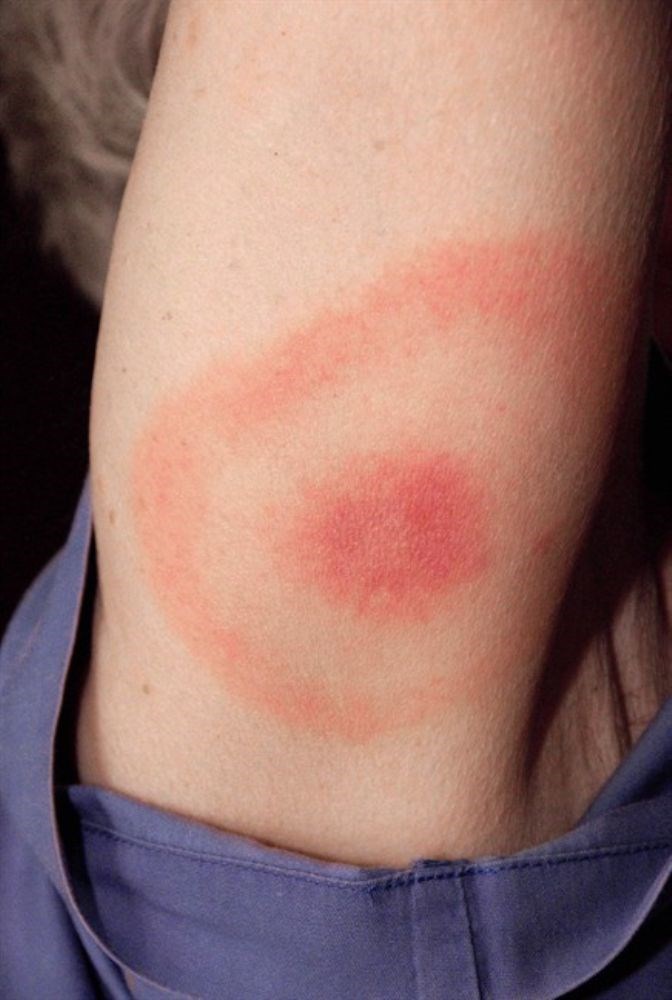THUNDER BAY — Jennifer Bourgeois holds doubts that much will change in the short term for local Lyme disease sufferers despite the city's official designation as a Lyme disease risk area.
Her son suffered for years from what she is convinced is Lyme disease, a debilitating illness spread by blacklegged ticks.
As tbnewswatch.com first disclosed earlier this month, a recent declaration by Public Health Ontario means that local doctors must report any cases involving patients with a bullseye rash larger than five centimetres—an indicator for Lyme disease.
After Bourgeois's now-16-year-old son fell suddenly ill in 2015, doctors here didn't diagnose Lyme, but felt he was suffering from other conditions.
Her son eventually tested positive for Lyme, she said, in American and German laboratories, and the family found a U.S. doctor who is still managing his treatment.
Today, he remains on medication including antibiotics but according to Bourgeois the boy's health has improved immensely over the last couple of years,
In an interview this week with Tbnewswatch, she said she remains concerned about the medical profession's lack of experience in diagnosing Lyme.
When her son got sick, there was no sign of a bullseye rash, a symptom Bourgeois noted does not necessarily materialize.
She believes naming Thunder Bay a risk area will increase general awareness, but is skeptical that it will have a significant impact on local doctors.
"None of our doctors are Lyme-literate, and most of them are closed-minded to the idea that Lyme is an illness that is anything other than arthritic," she said.
Testing for the disease, she said, also remains problematic in Canada.
"Our test only has the ability to check for certain strains, and that, unfortunately, is where the blockage is."
Bourgeois, however, also feels that diagnosing Lyme remains a universal challenge.
"It's not just Canadian doctors. It is a very controversial illness. It's a Lyme-literate doctor that you need when you feel you may have Lyme. The Lyme-literacy is the important part."
A spokesperson for the Thunder Bay District Health Unit previously stated he believes reports of the disease "will start to roll in" because of the risk-area designation, enabling officials to develop a picture of the true extent of Lyme disease in this area.
TBDHU Environmental health manager Lee Sieswerda welcomed the elevated scrutiny and mandatory reporting requirement, noting that in recent years "anecdotally, we know there are quite a few people who have reported to their physician with a large bullseye rash."
